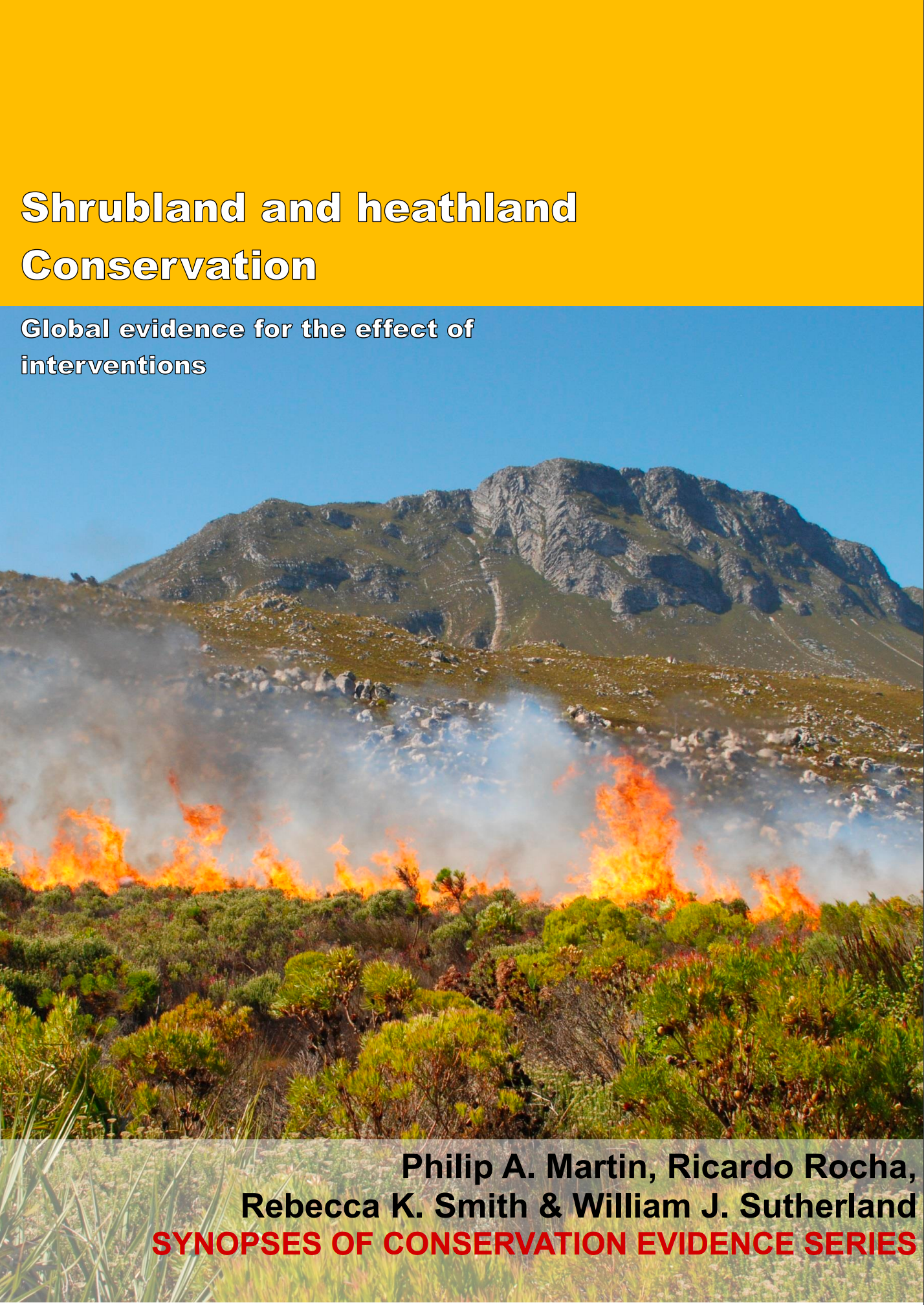Apply herbicide and remove plants to control grass
-
Overall effectiveness category Unknown effectiveness (limited evidence)
-
Number of studies: 1
View assessment score
Hide assessment score
How is the evidence assessed?
-
Effectiveness
42% -
Certainty
20% -
Harms
2%
Study locations
Supporting evidence from individual studies
A randomized, replicated, controlled, paired study in 2005–2008 in creosote bush shrubland invaded by non-native grasses in California, USA (Steers & Allen 2010) found that spraying with herbicide, followed by weeding, decreased invasive grass cover, increased the cover of native grass and forb species, but did not increase the number of annual plant species. Areas that were sprayed with herbicide and were weeded had lower non-native grass cover (0–38%) than areas that were not sprayed or weeded (40–65%). Also, areas that were sprayed with herbicide and weeded had lower had higher cover of native grass and forb species (20–87%) than areas that were not sprayed or weeded (13–36%). However, the number of native annual plants was not significantly different in areas that had been sprayed with herbicide and weeded (4–18%) and unsprayed and unweeded areas (23–37%). In January 2006 and 2008 twelve 8 m x 8 m plots were sprayed with the grass specific herbicide Fusilade-II and then weeded by hand while twelve other plots were not sprayed with herbicide or weeded. Plant cover was recorded in March-April 2006 and 2008 in 0.5 m2 quadrats located in each plot.
Study and other actions tested
Where has this evidence come from?
List of journals searched by synopsis
All the journals searched for all synopses
This Action forms part of the Action Synopsis:
Shrubland and Heathland Conservation
Shrubland and Heathland Conservation - Published 2017
Shrubland and Heathland synopsis





)_2023.JPG)














